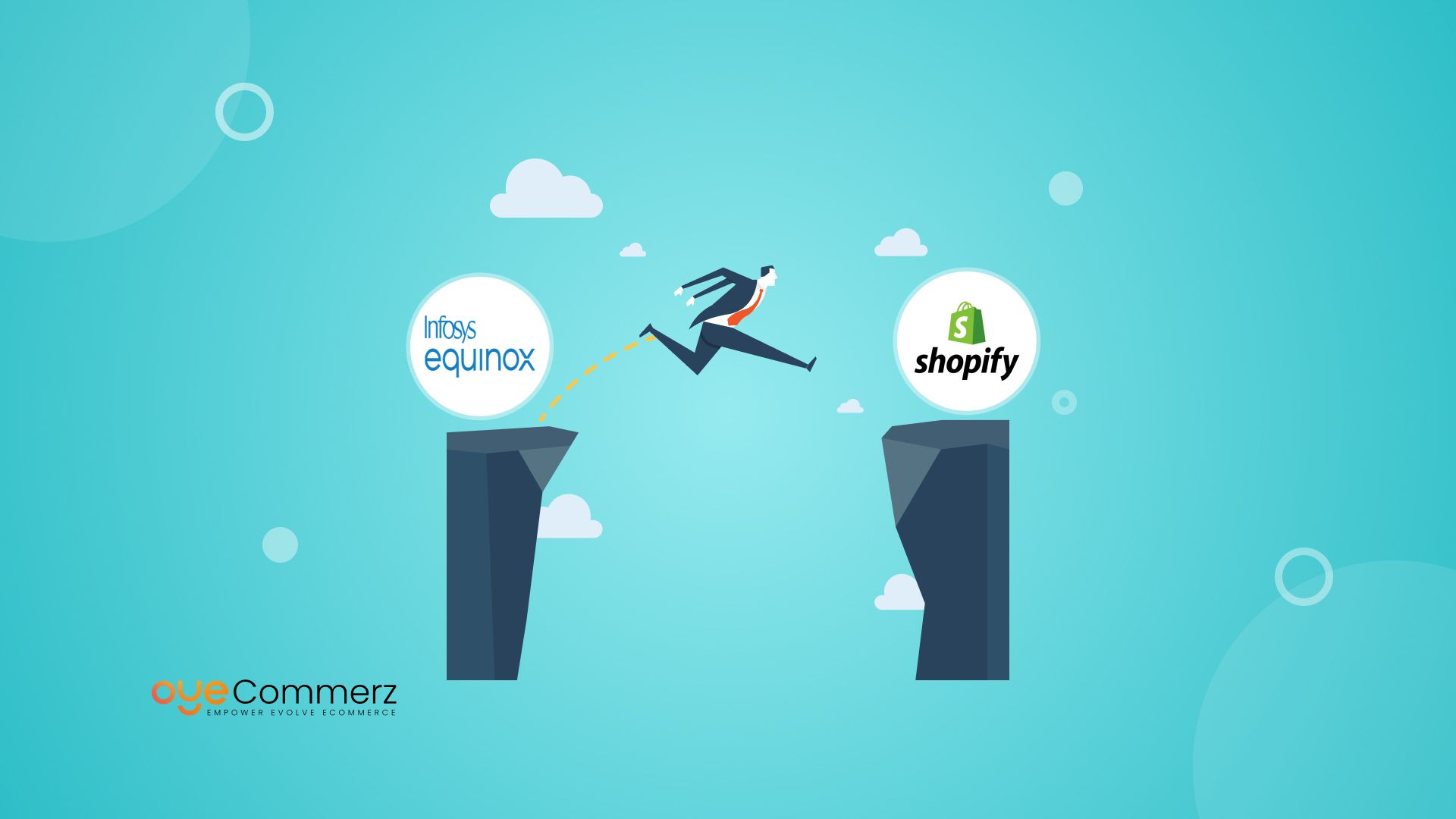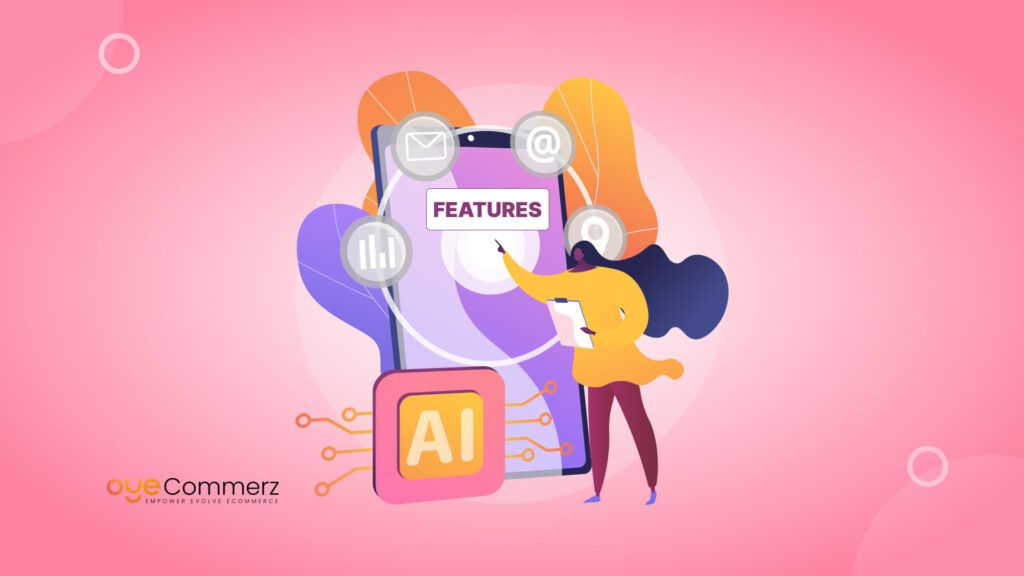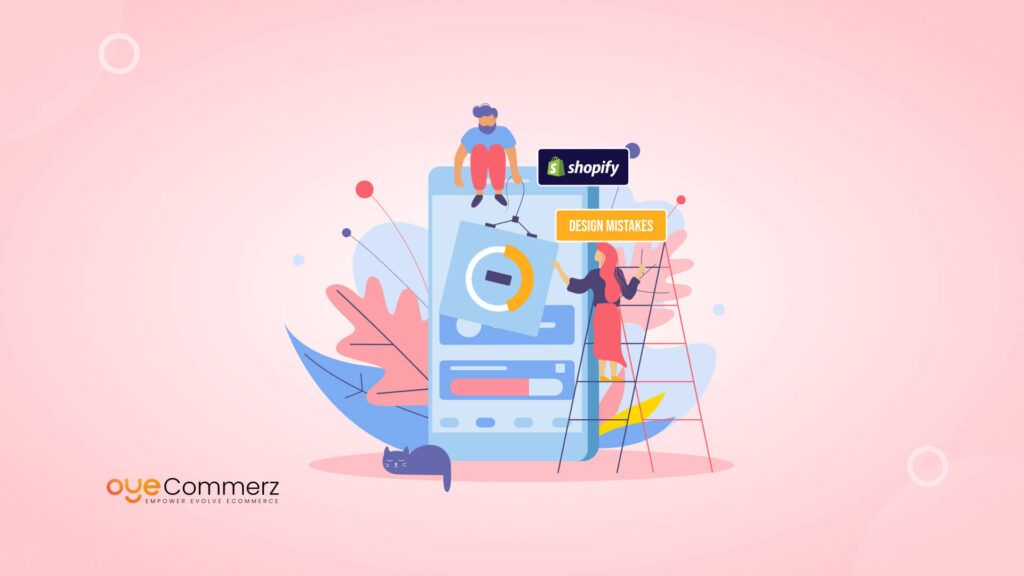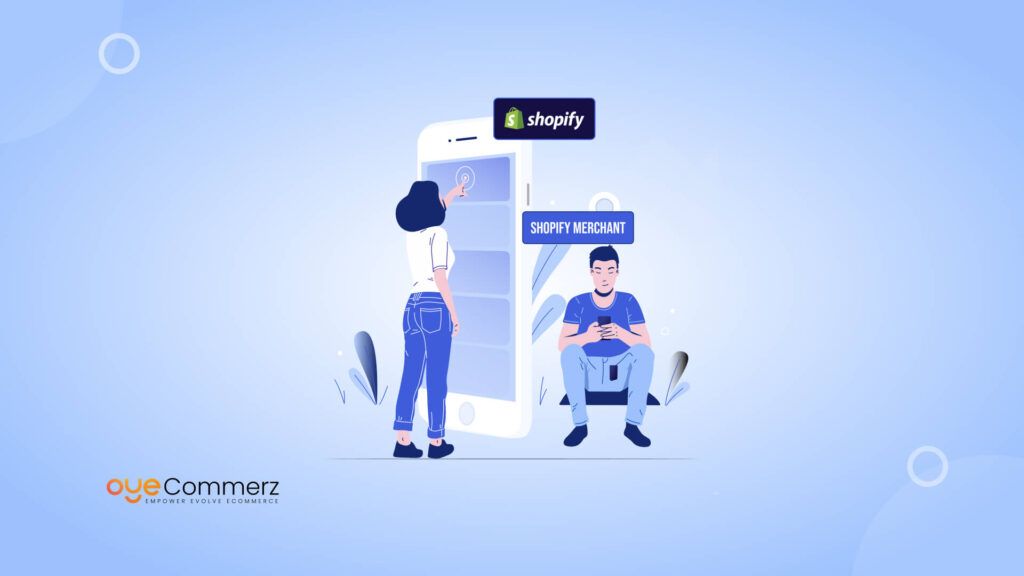Have you been wondering if moving your eCommerce store from Infosys to Shopify is worth it? As an existing Infosys business owner, you may be weighing the risks and rewards of such a transition. It’s a big decision, and the process might seem overwhelming at first.
But here’s the good news: with the right approach, businesses have seen up to a 30% increase in operational efficiency after migrating to Shopify. That’s a game-changer for scaling your business.
In this article, we’ll talk about the challenges you might face during the migration process and how to overcome them step by step. By the end, you’ll feel confident about making the switch and setting your store up for long-term success. Let’s dive in!
Table of Contents
ToggleUnderstanding the Need for Migration
Migrating from a custom e-commerce platform to Shopify is no slight decision, but it is spurred by some compelling reasons. Custom platforms are highly bespoke, which means they require many resources for maintenance, upgrades, and integrations in general. Businesses find it increasingly hard to scale while maintaining these custom platforms since the technical support and development needed are quite indispensable.
Here are the key business reasons behind the migration to Shopify:
Cost Effectiveness
Custom platforms require house development teams for updates, security patches, and implementing new features. With the cloud infrastructure of Shopify, however, all these in-house resources are not required; hence, there are tremendous savings available on operation costs.
Scalability
In general, as the business grows, custom platforms can’t handle larger traffic, complex integration, and large inventory-related issues. Shopify ensures built-in scalability for businesses of growing size without having to worry about any technical bottlenecks.
Third-Party Integrations
Custom platforms often require bespoke strategies for integrating third-party applications like CRM, payment gateway, and marketing tools. Shopify facilitates the seamless integration of popular business tools, allowing an app to streamline operations and automate them in a streamlined way.
User Experience
Shopify’s focus on user-friendly interfaces and mobile responsiveness ensures businesses can deliver superior shopping experiences across devices, a critical factor in today’s mobile-first eCommerce environment.
Common Migration Obstacles from Infosys to Shopify
Migrating from a platform like Infosys to Shopify is not an easy task, especially when dealing with complex data structures, custom functionalities, and integrations. Some common issues businesses face migrating include:
Data Migration
Infosys would be associated with hundreds of thousands of data elements, along with customer profiles, product catalogs, order histories, and everything else as eCommerce platforms. Migrating all these data entities without loss or corruption to Shopify would be an even bigger challenge. Proper planning and testing must ensure that data formats match the Shopify structure.
Customized Features and Functionality
Custom platforms are built for specific business needs, with features tailored to those needs that sometimes do not directly translate into Shopify equivalents. Rebuilding or finding a combination of suitable Shopify apps to replicate the same functions can be tiresome and wasteful time to spend.
SEO and URL Structure
All factors related to retaining the SEO rankings of a store during the migration process are important. The URL structure and product categorization, which is unique for a Shopify store compared to a custom platform, also pose some risks of losing the search engine rankings, which impacts the organic traffic if the proper management is not implemented.
Third-Party Integrations
General integrations most Infosys businesses will rely on would be third-party systems such as ERPs, CRMs, and payment processors. All these integrations have to seamlessly work with Shopify, so they have to be customized and properly tested beforehand.
Limitations of Customization
Shopify is very customizable but comes with some restrictions in comparison to custom platforms. There might be a problem in replicating very specific functionalities and custom workflows during the migration process.
Best Practices to Overcome Migration Challenges
But now, to ensure that businesses migrate safely and successfully, best practices need to be adopted that will answer these challenges. So here’s a step-by-step breakdown of common issues affecting businesses:
Pre-Migration Planning
Thorough planning is the first step toward a successful migration. It includes mapping all existing data, custom functionalities, and integrations that need to be transferred to Shopify. Hold a comprehensive audit of your current platform to identify potential roadblocks and prioritize the features that are essential for the new site.
Data Clean-Up and Formatting
Before migration, clean out old redundancies, redundant records, or incomplete information. This way, the move to Shopify’s platform will be smooth and efficient. Besides, reformatted data into the architecture used in Shopify facilitates easy imports of large datasets like product catalogs, customer lists, and order histories.
Shopify Apps and Custom Development
Shopify has an app marketplace from where you can draw multiple tools to replicate the custom functionalities you might need from Infosys. If no application exists that would suit your needs, the custom development done in Shopify’s API might help create tailored solutions dependent on your operations model.
SEO and 301 Redirects
To not lose the search engine rankings, you should add 301 redirects from old URLs to the new ones in your Shopify store. That is done to ensure that users and search engines can still find your content but not get a broken link. Take advantage of Shopify’s in-built SEO tools that simplify the process of creating tag meta, alt text, and description in the migration.
Testing and Quality Assurance
All facets of data migration testing, all custom features or integrations that have been added, and workflows are tested to ensure they work as anticipated before the new Shopify store goes live.
Testing on various devices to check its mobile-friendliness, check the speed at which it loads, and if it feels right to the user.
Engagement of Stakeholders
Involving key stakeholders such as marketing, sales, and IT teams in the process. Their comments on the operational needs and business requirements will ensure all aspects of the new Shopify site are fully optimized toward attaining the company’s goal.
Post-Migration Optimization and Performance Enhancements
Migration to Shopify is just one step. After migration, some strategies exist to optimize and improve your new eCommerce platform to ensure long-term success:
Performance Monitoring
You will be keen to monitor a new Shopify store’s performance because these are metrics that will help you gauge how well your store is running – page load times, bounce rates, and conversion rates. Track improvements and store progress using Google Analytics or Shopify reporting features.
Apps and Plugin optimization
Shopify has a solid app ecosystem that provides powerful functionality, but installing too many of them may make your site too slow. Before the migration, review the list of installed apps and plugins to keep only the ones that are required. Make sure you configure them properly to get the best benefits.
Optimization of Custom Code
In case you used custom code recreating specific functionalities from your previous website, ensure you review this code to optimize it periodically. Custom code written over time could be a performance killer, so periodic review maintenance is very important.
Continuous SEO Monitoring
Monitor your SEO performance after migration. Even though you have planned very well, some rankings may fluctuate. So continue to optimize your product pages, meta tags, and contents so that you’ll continue to maintain and improve your organic search visibility.
Improve User Experience
The best time to go through your new Shopify store user experience is post-migration. Make sure that the navigation within the site is optimized; it is easy for customers to search for and find products in your shop and, most importantly, to check out with not much friction or upset.
Marketing automation and personalization
All types of marketing automation platforms are available on Shopify, and businesses can use them to personalize experiences and automate marketing functions. Use these tools to create targeted campaigns, specific product recommendations, and abandoned cart recovery techniques for increased engagement and sales.
Experience a Seamless Store Migration with OyeCommerz
Migrating from Infosys to Shopify can feel daunting, but with OyeCommerz by your side, you can overcome every challenge with ease. Our expert team specializes in navigating complex data migration, custom feature replication, and third-party integrations, ensuring a smooth and secure transition. Whether you’re looking to enhance scalability or improve customer experiences, OyeCommerz delivers tailored solutions to meet your business needs. Trust us to handle the heavy lifting while you focus on growing your eCommerce success.
Contact us now for a free consultation and start your migration journey with confidence!
Contact to Migrate your Site to Shopify Now
Conclusion
Migrating from a custom eCommerce platform like Infosys to Shopify offers great scalability and cost-effectiveness, plus an extremely beneficial user experience. However, the process turns out very complicated and cumbersome when dealing with large datasets, especially where these custom features and integrations are numerous. Understanding potential hurdles will facilitate knowing how best the transition can be managed to Shopify.
Proper planning, the proper handling of data, and post-migration optimization all ensure your business can get maximum benefit from the solid Shopify platform to grow, optimize operations, and ultimately provide amazing customer experiences. The entire process is also made streamlined, which ensures that your Shopify migration will be seamless and that your business will be well set up for success in the cutthroat world of eCommerce by combining these factors with a reputable eCommerce migration expert like Oyecommerz.




